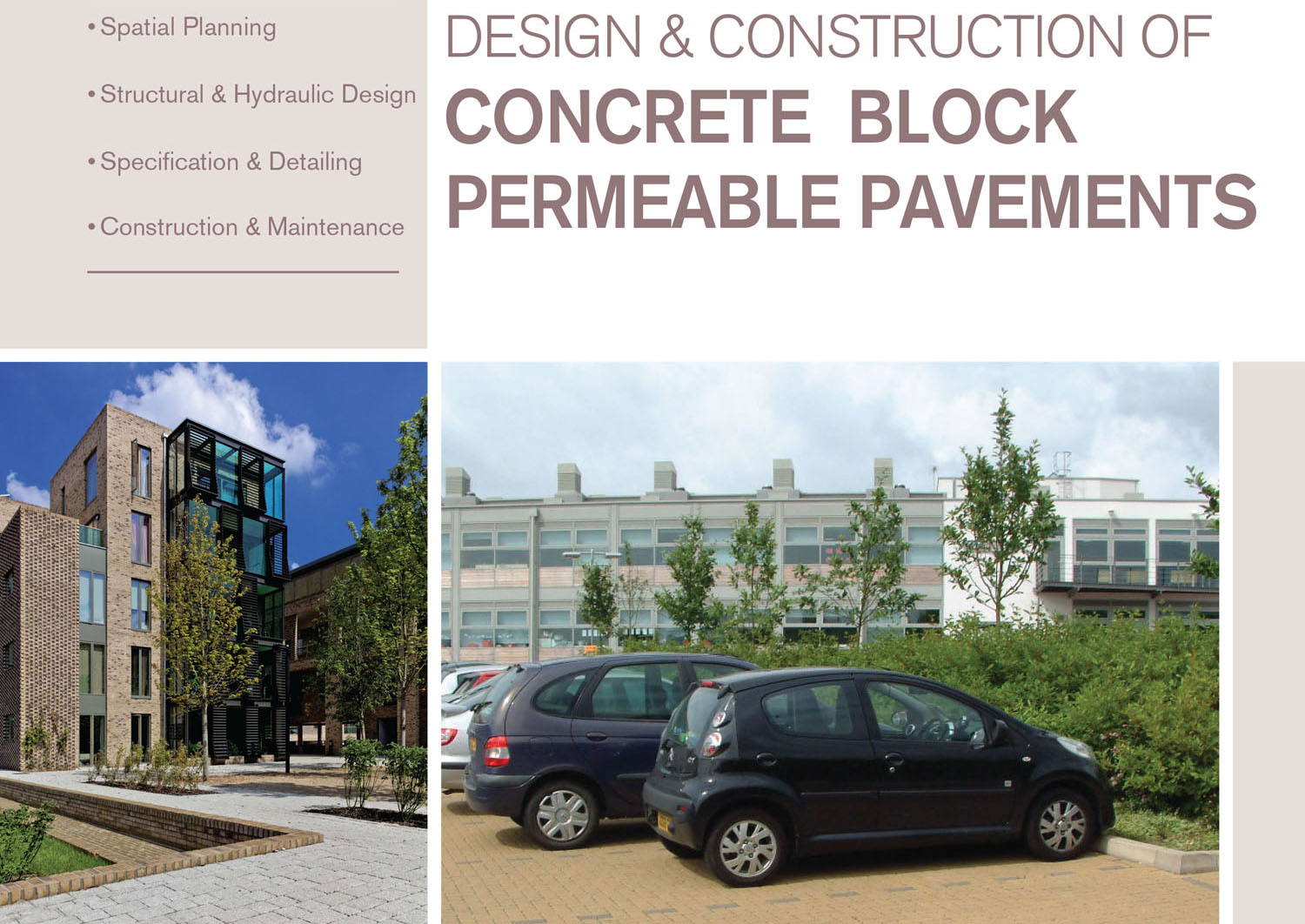SuDS now demanded in Wales

New legal requirements for Sustainable Drainage Systems (SuDS) on developments across Wales apply from 7th January, heralding wider use of concrete block permeable paving. At the same time, Interpave has published the new Edition 7 of its definitive guidance to this essential SuDS technique – ‘Design and Construction of Concrete Block Permeable Pavements’ – now available.
It’s over 3 years since the Government chose to abandon dedicated requirements for SuDS on new developments in England using the 2010 Flood and Water Management Act, instead relying on planning policy. However, the Welsh Government has implemented Schedule 3 of the Act, which relates to provisions for SuDS. These include the establishment of a SuDS Approving Body (SAB) within each local/unitary authority.
SAB approval will be required before construction of drainage systems can commence on new and redeveloped sites. The requirement for SAB approval will not apply to single dwellings and developments with a construction area of less than 100m2. Provided statutory National SuDS Standards are met, the SAB will be required to adopt and maintain approved SuDS that serve more than one property.
Mimicking Nature
The Welsh National Standards point out that: “The SuDS approach mimics natural drainage, managing surface runoff at or close to the surface and as close to its source as practicable, controlling the flow … and providing a range of additional benefits. It contrasts with traditional drainage techniques, which are based on underground pipes to convey rainwater away from properties as quickly as possible. Surface based sustainable drainage components…are generally simpler and easier to operate, monitor and maintain”.
By its very nature, concrete block permeable paving is uniquely placed to meet this demand as an attractive, surface-based, multifunctional SuDS technique. Of course, hard surfaces are necessary for developments anyway – for roads, parking, shared spaces or play. But permeable paving also provides an inherent drainage system that requires no additional land take for water storage, treatment or conveyance. It also addresses both flooding and pollution issues, eliminating pipework, gulleys and manholes, and should therefore cost less than conventional drainage and paving.
Flexible Applications
In fact, it can also accept runoff from other impermeable paving and roofs, giving further savings. It can simply infiltrate rainwater falling on it straight into permeable ground, after removing pollutants. But, more commonly in the UK, permeable paving is used to collect and store water on site during storms, before gradual discharge to other SuDS features along the ‘management train’, surface water or combined sewers, or watercourses.
This attenuation and delayed discharge from the permeable paving avoids drains surcharging and downstream flooding. Where a comprehensive SuDS scheme is planned incorporating landscape features, concrete block permeable paving removes water-borne pollution and provides a gradual flow of clean water at the head of the ‘SuDS management train’. Water in open SuDS features on the surface can then be used safely to enhance landscape design and biodiversity.
Interpave’s new concrete block permeable paving guidance includes an extensive new Glossary and covers the most recent permeable paving techniques, such as overlays to existing road constructions and enhanced, predictable water storage using flow controls. The structural and hydraulic engineering design procedures have been comprehensively updated and new, straightforward maintenance and reinstatement guidance added. The guide is freely available to download via the Design Construction & Maintenance section.
